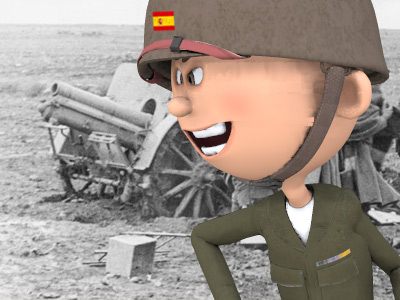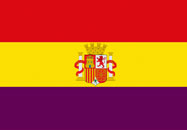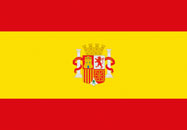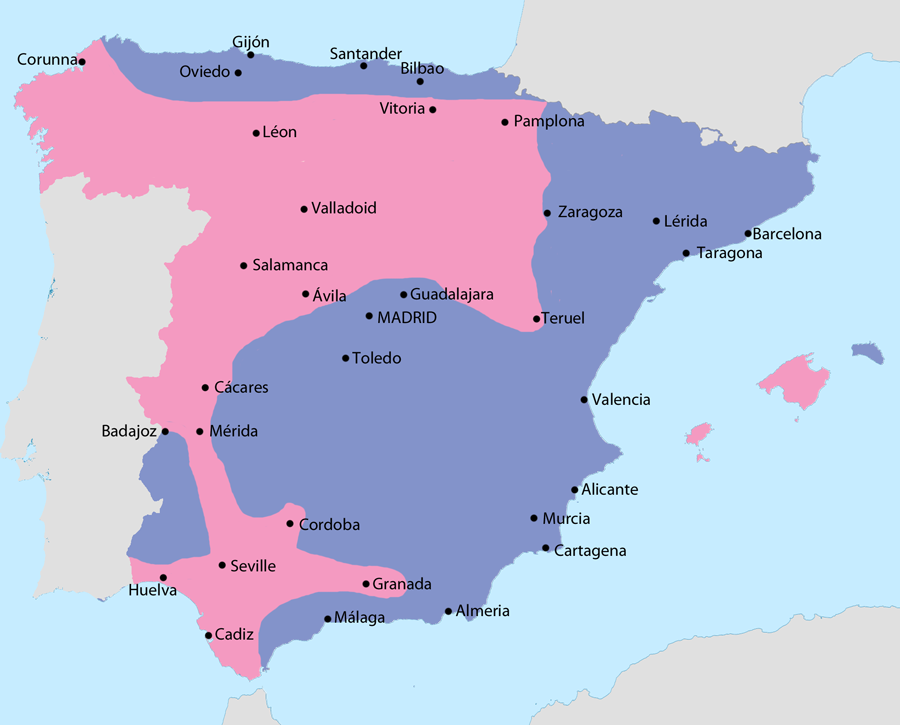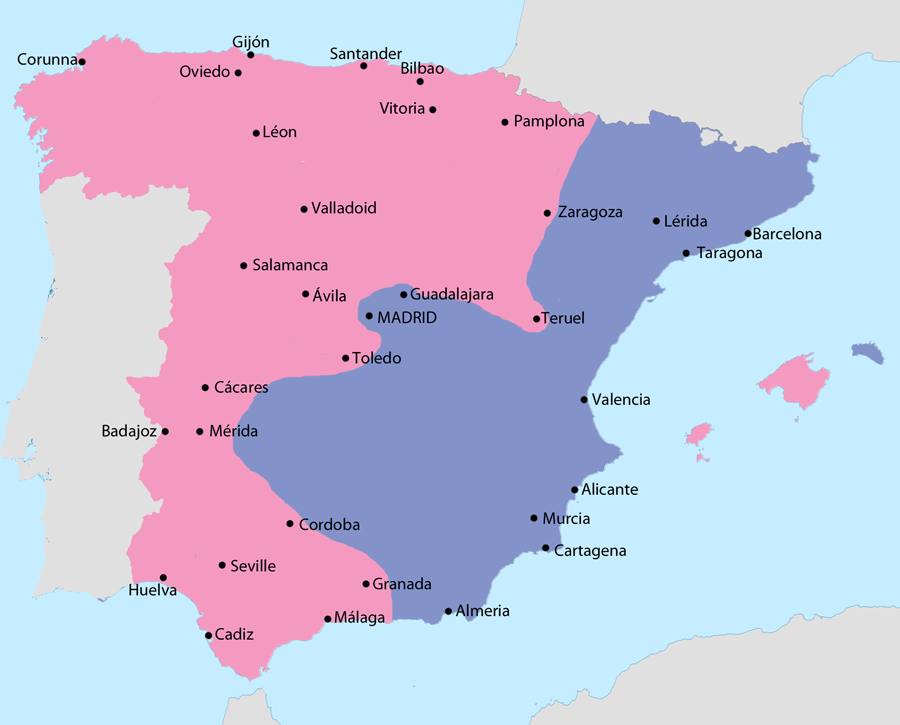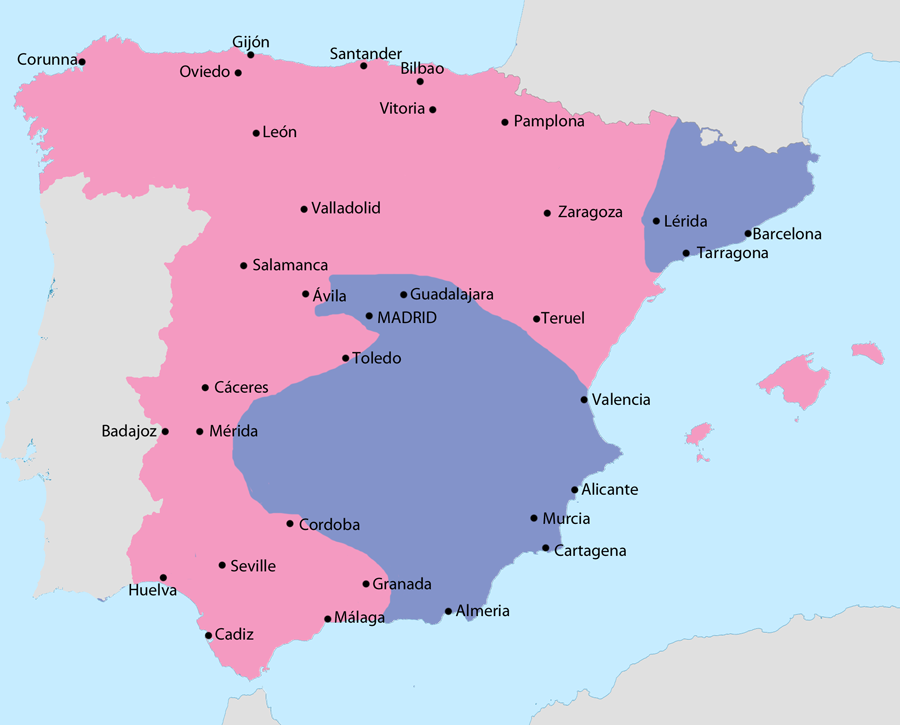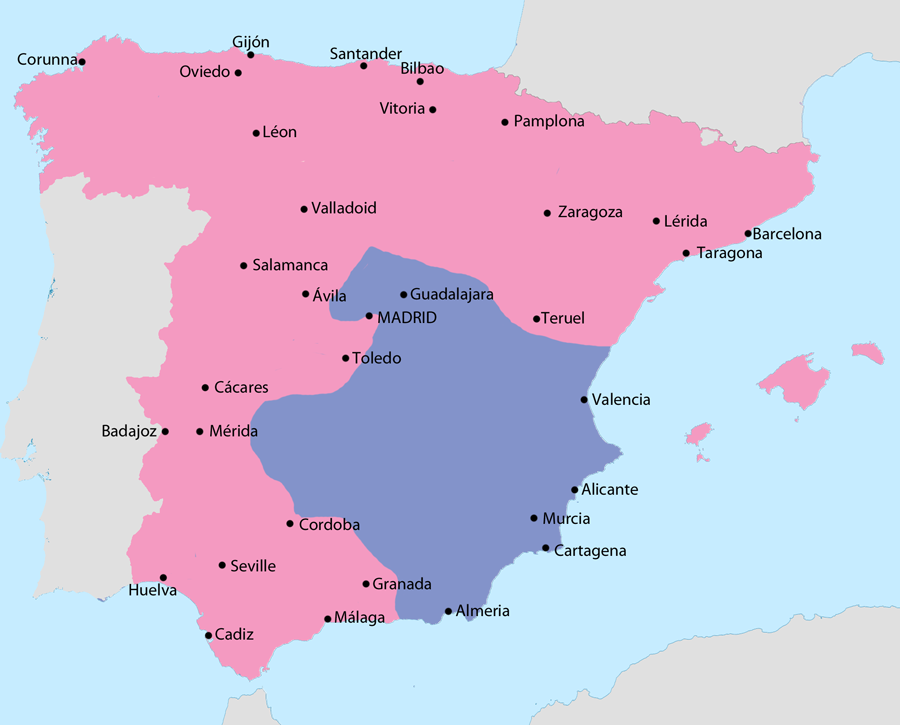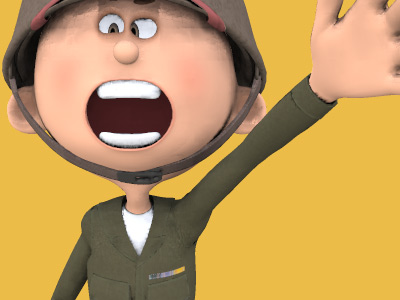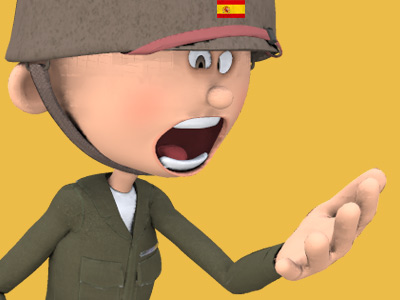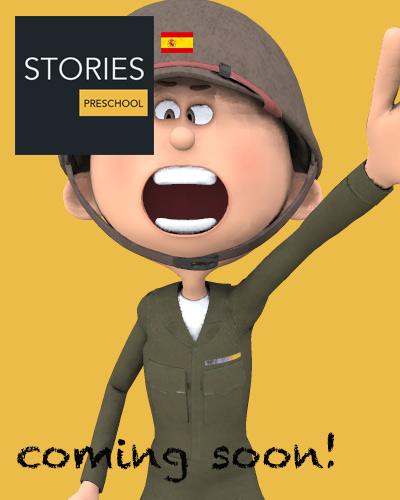Spanish Civil War (1936 to 1939)
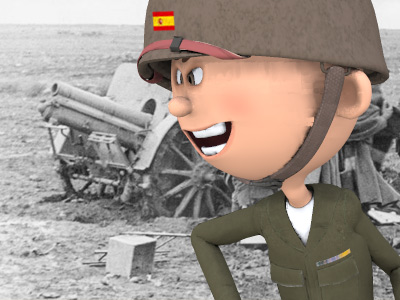
Foreign Involvement
The Spanish Civil War exposed political divisions across Europe. The right and the Catholics supported the Nationalists as a way to stop the expansion of Bolshevism. On the left, including labor unions, students and intellectuals, the war represented a necessary battle to stop the spread of fascism. Antiwar and pacifist sentiment was strong in many countries, leading to warnings that the Civil War had the potential of escalating into a second world war. In this respect, the war was an indicator of the growing instability across Europe.
The Spanish Civil War involved large numbers of non-Spanish citizens who participated in combat and advisory positions. Britain The British Empire, was composed of the dominions, colonies, protectorates, mandates, and other territories ruled or administered by the United Kingdom and its predecessor states. At its height it was the largest empire in history and, for over a century, was the foremost global power. By the start of the 20th century, Germany and the United States had begun to challenge Britain's economic lead. and France
The British Empire, was composed of the dominions, colonies, protectorates, mandates, and other territories ruled or administered by the United Kingdom and its predecessor states. At its height it was the largest empire in history and, for over a century, was the foremost global power. By the start of the 20th century, Germany and the United States had begun to challenge Britain's economic lead. and France French Third Republic was the system of government adopted in France from 4 September 1870, when the Second French Empire collapsed during the Franco-Prussian War, until 10 July 1940, after the Fall of France during World War II led to the formation of the Vichy government. During the 19th and 20th centuries, the French colonial empire was the second largest colonial empire in the world only behind the British Empire. led a political alliance of 27 nations that promised non-intervention in the Spanish Civil War, including an embargo on all arms to Spain. The United States
French Third Republic was the system of government adopted in France from 4 September 1870, when the Second French Empire collapsed during the Franco-Prussian War, until 10 July 1940, after the Fall of France during World War II led to the formation of the Vichy government. During the 19th and 20th centuries, the French colonial empire was the second largest colonial empire in the world only behind the British Empire. led a political alliance of 27 nations that promised non-intervention in the Spanish Civil War, including an embargo on all arms to Spain. The United States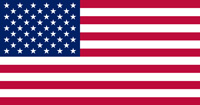 The United States of America (U.S.A. or USA), commonly known as the United States (U.S. or US) or America, is a country in North America. It is the world's third-largest country by both land and total area. The United States shares land borders with Canada to its north and with Mexico to its south. The national capital is Washington, D.C., and the most populous city and financial center is New York City. unofficially went along. Germany, Italy
The United States of America (U.S.A. or USA), commonly known as the United States (U.S. or US) or America, is a country in North America. It is the world's third-largest country by both land and total area. The United States shares land borders with Canada to its north and with Mexico to its south. The national capital is Washington, D.C., and the most populous city and financial center is New York City. unofficially went along. Germany, Italy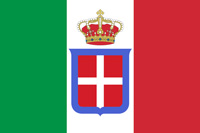 The Kingdom of Italy was a state that existed from 1861, when Victor Emmanuel II of Sardinia was proclaimed King of Italy, until 1946. The state resulted from a decades-long process, the Risorgimento, of consolidating the different states of the Italian Peninsula into a single state. That process was influenced by the Savoy-led Kingdom of Sardinia, which can be considered Italy's legal predecessor state. and the Soviet Union signed on officially, but ignored the embargo. The attempted suppression of imported materials was largely ineffective, however, and France especially was accused of allowing large shipments to Republican troops. The clandestine actions of the various European powers were, at the time, considered to be risking another world war, alarming antiwar elements across the world.
The Kingdom of Italy was a state that existed from 1861, when Victor Emmanuel II of Sardinia was proclaimed King of Italy, until 1946. The state resulted from a decades-long process, the Risorgimento, of consolidating the different states of the Italian Peninsula into a single state. That process was influenced by the Savoy-led Kingdom of Sardinia, which can be considered Italy's legal predecessor state. and the Soviet Union signed on officially, but ignored the embargo. The attempted suppression of imported materials was largely ineffective, however, and France especially was accused of allowing large shipments to Republican troops. The clandestine actions of the various European powers were, at the time, considered to be risking another world war, alarming antiwar elements across the world.
The League of Nations' reaction to the war was influenced by a fear of communism, and was insufficient to contain the massive importation of arms and other war resources by the fighting factions. Although a Non-Intervention Committee was formed, its policies accomplished little and its directives were ineffective.
HISTORY
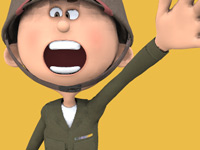
RESOURCES
This article uses material from the Wikipedia article "Spanish Civil War", which is released under the Creative Commons Attribution-Share-Alike License 3.0.
© Stories Preschool. All Rights Reserved.
